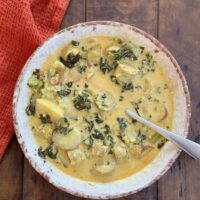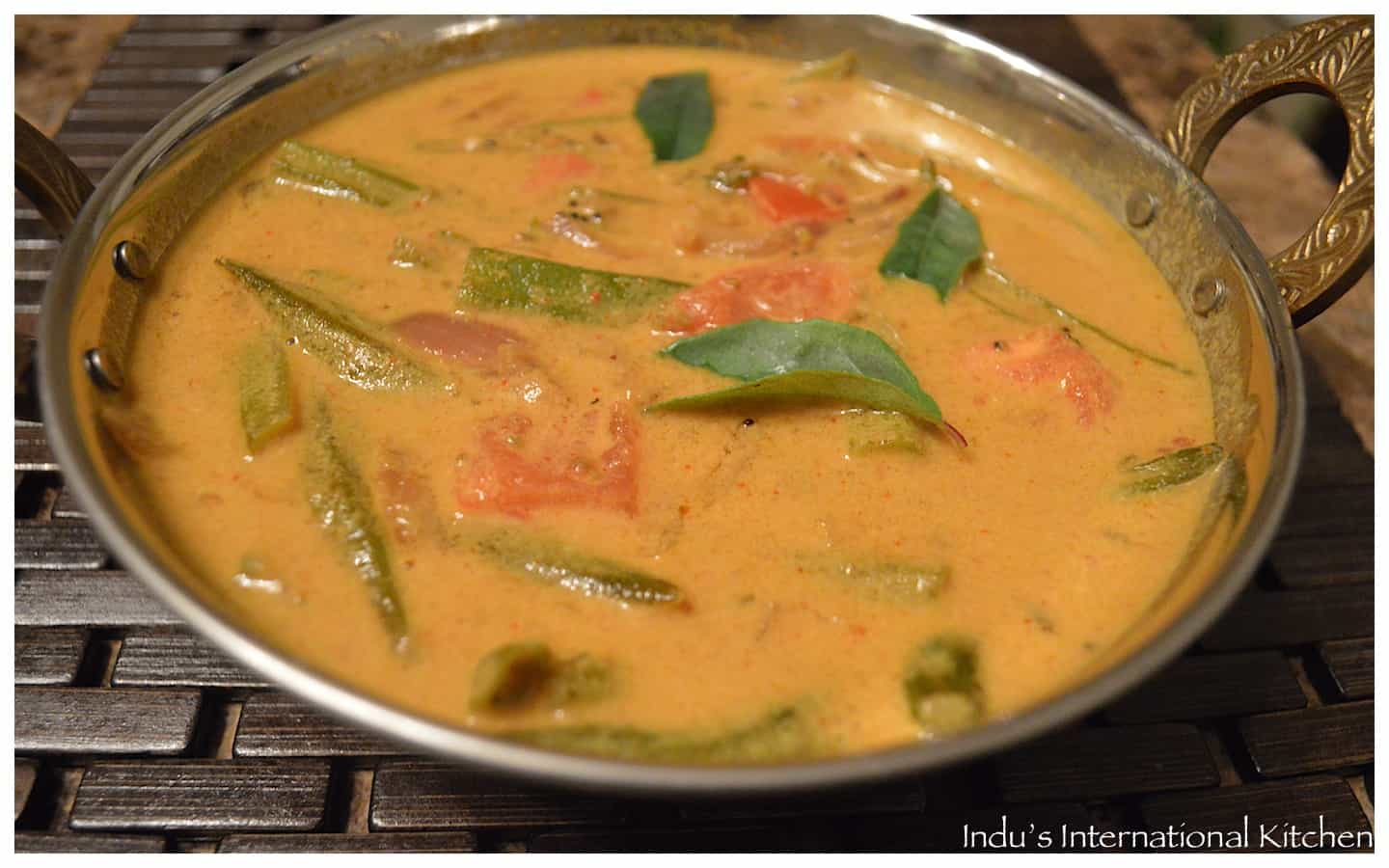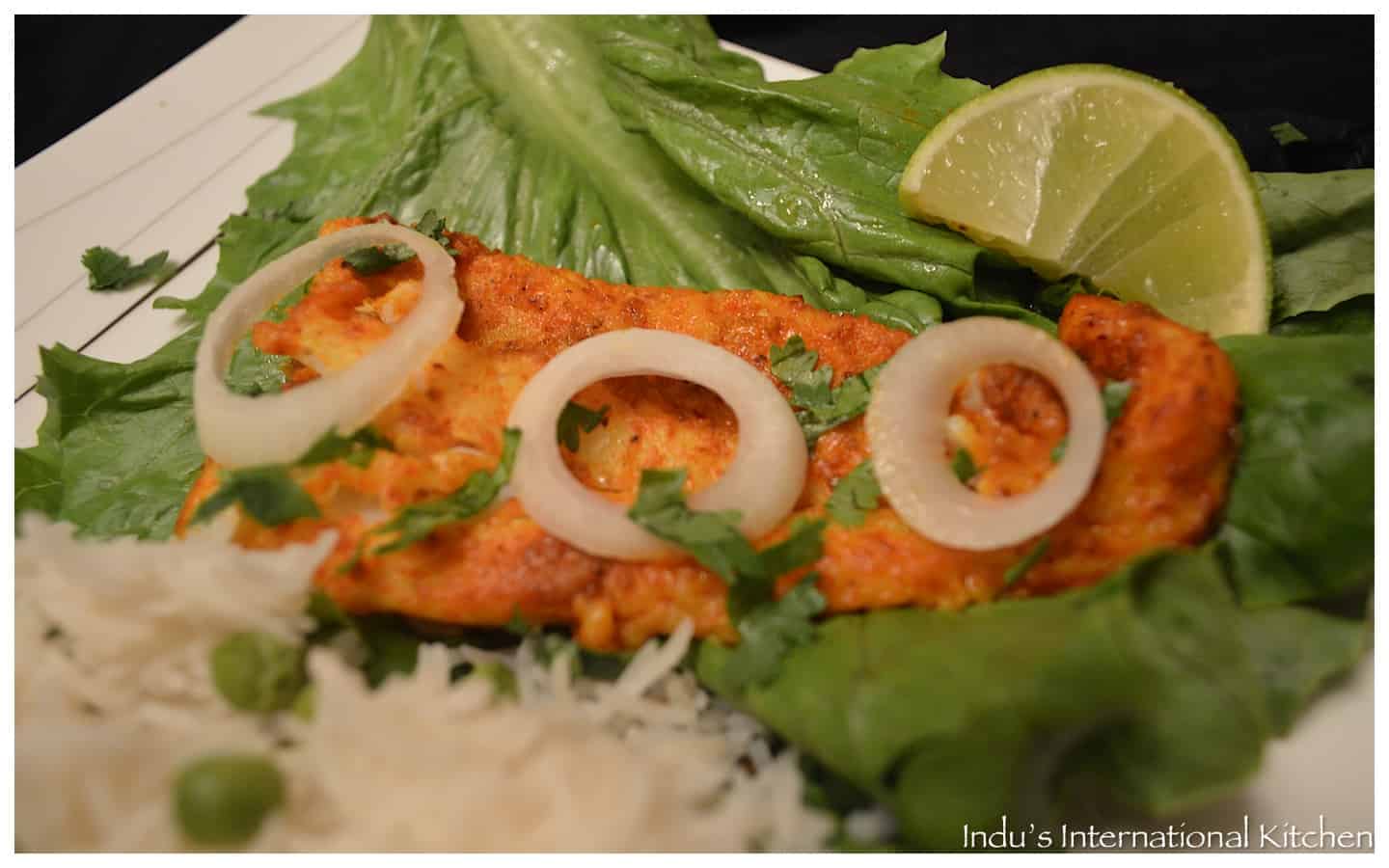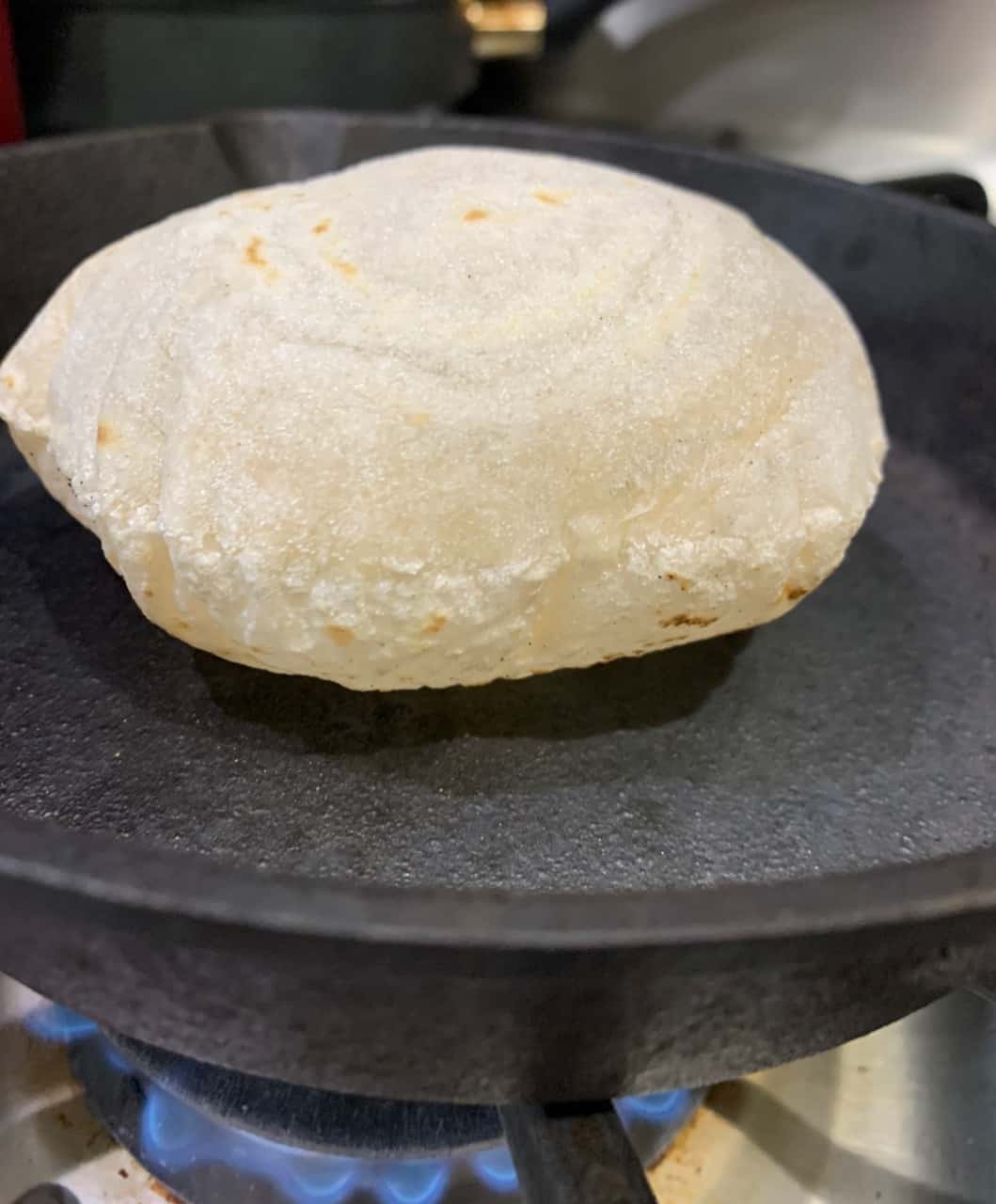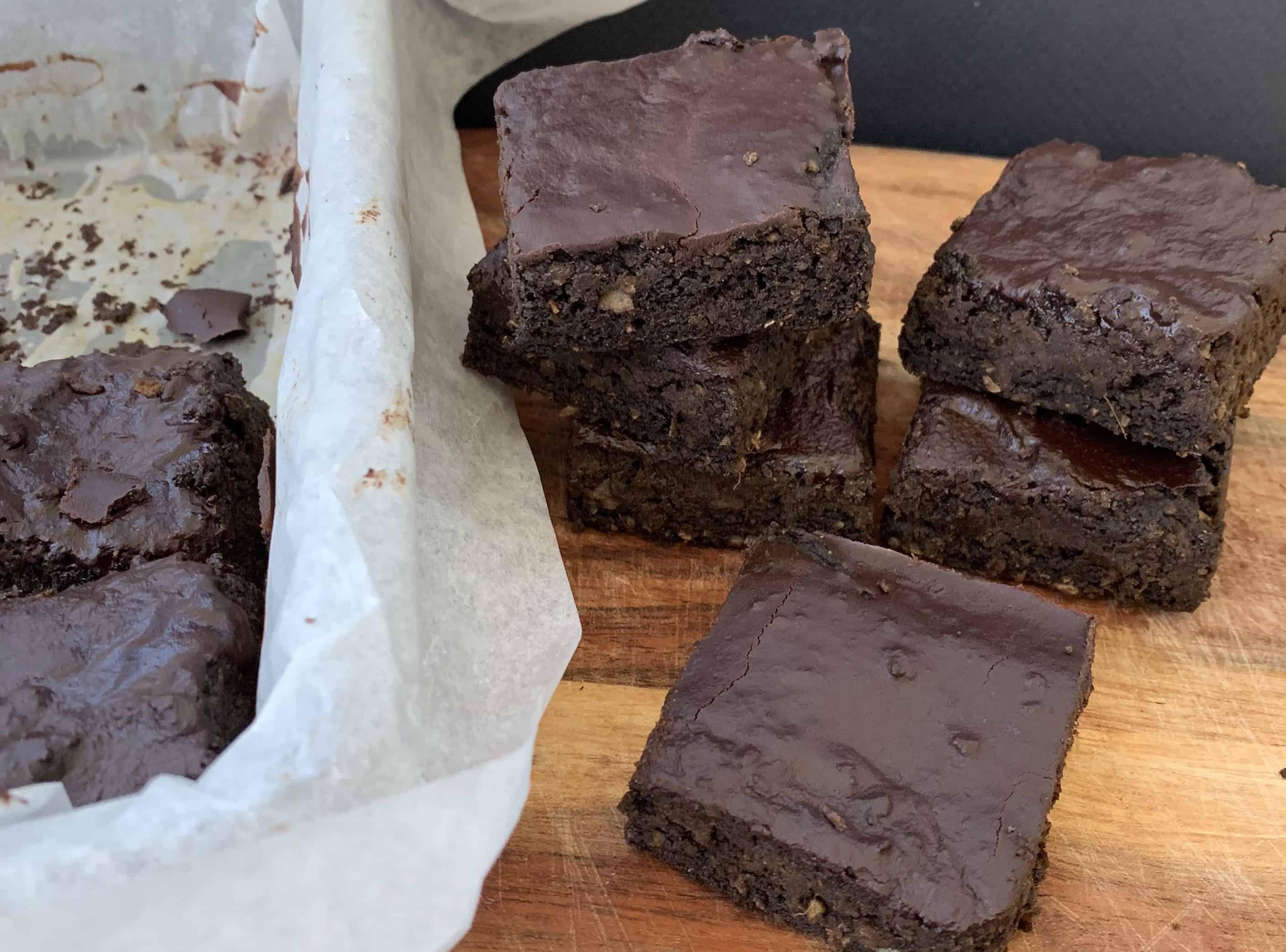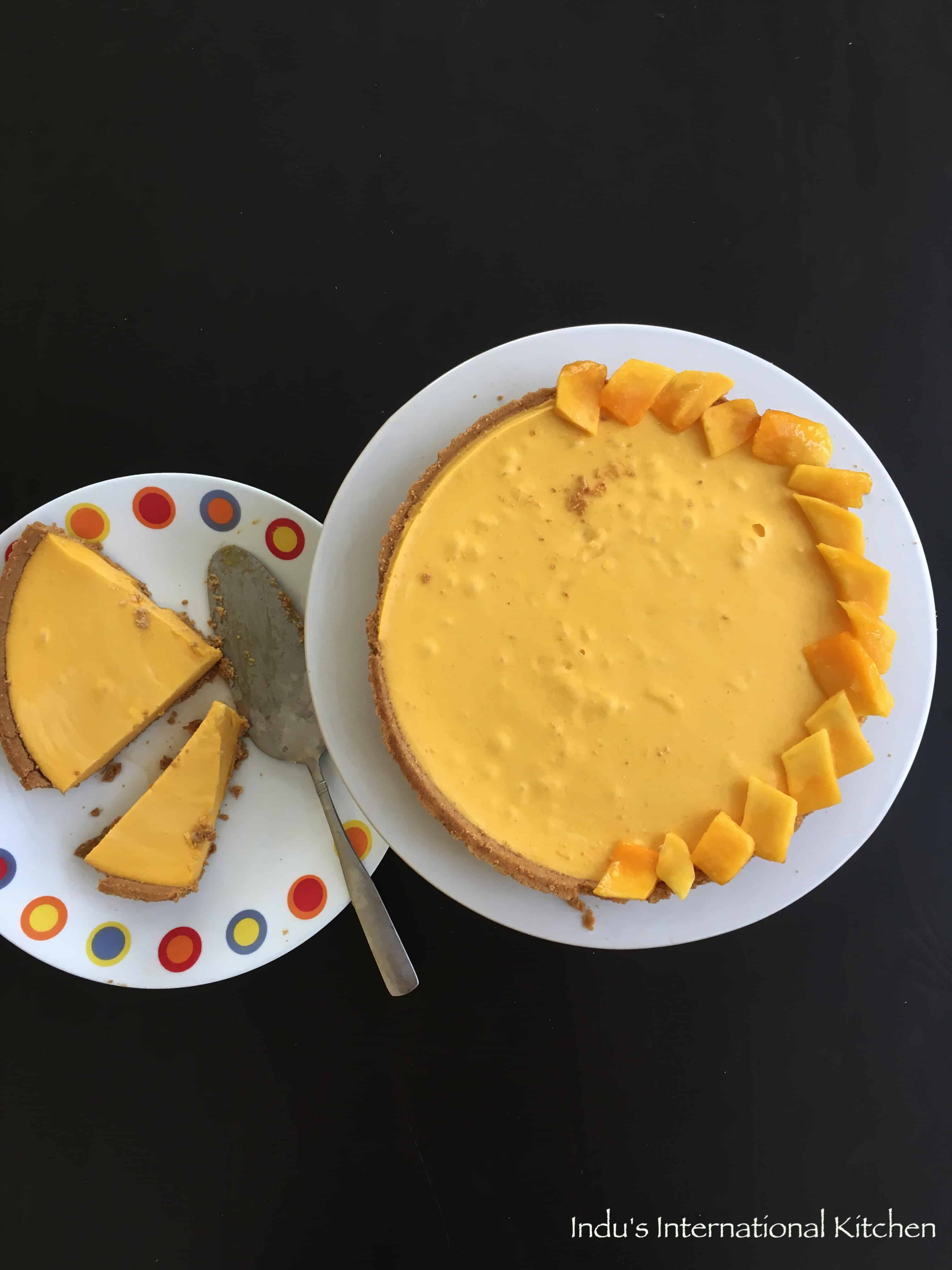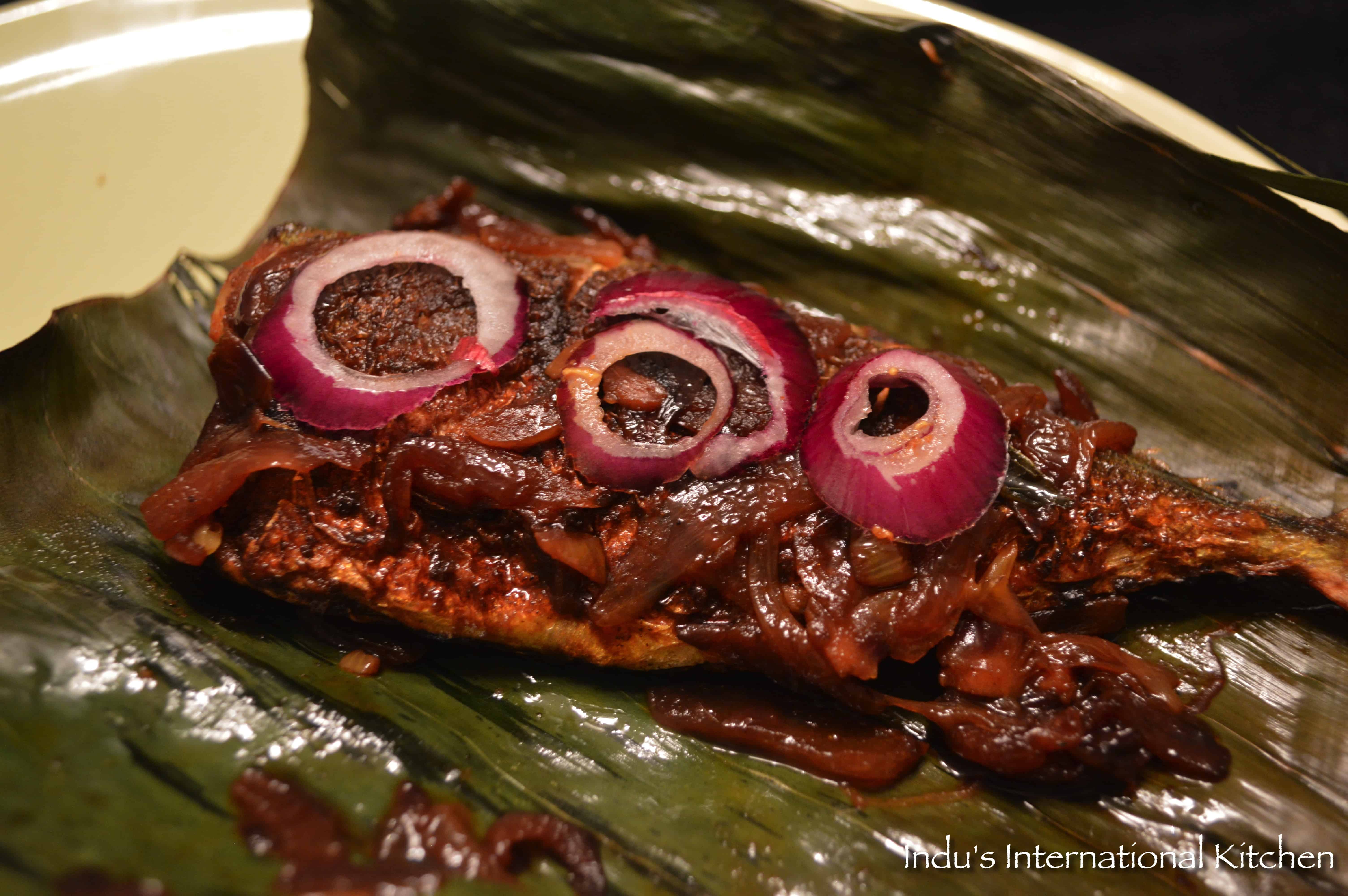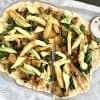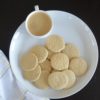 Three years ago, when my RA was at its worst, I never would have thought that I could write a post like this one. My flares were so frequent that they didn’t feel like a ‘flare’! I would have a flare up of a knee one week and then next week it would be my shoulder! The pain kept moving around and I remember taking Aleve and Ibuprofen every other day to ease the pain.
Three years ago, when my RA was at its worst, I never would have thought that I could write a post like this one. My flares were so frequent that they didn’t feel like a ‘flare’! I would have a flare up of a knee one week and then next week it would be my shoulder! The pain kept moving around and I remember taking Aleve and Ibuprofen every other day to ease the pain.
So what really is a flare? Is there a definition of a flare? Does not seem like at least there is a standard one. The ‘Arthritis Foundation’ has this to say about flares – ” When it comes to defining flares, doctors and patients often don’t agree, and even individual patients have differing definitions.” Patients have different definitions of a flare but they largely revolve around a sudden onset or increase(exacerbation) in pain in any one joint (or in multiple joints) along with stiffness and redness and / fatigue. Lack of mobility of the whole body or a particular joint is also very common. The one main thing about flares is that it is intensely painful and most sufferers will describe the pain as hovering around 10 on a scale of 1 to 10. The frequency and duration of a flare also varies from person to person and from episode to episode. For me three years ago when my RA was not controlled by medication, flares were very, very frequent. And they lasted at least 3-5 days with the pain being the most severe on the first day and then gradually reducing in intensity. Thankfully it’s not like that anymore. Now I very rarely experience flares and when I do experience them, I usually can pinpoint the reason and by following the recommendations I list below, my flares are usually gone after two days.
Being on an AIP diet (with some reintroductions) for the past two and a half years, has helped to control my pain and inflammation considerably. You can read more of my story here and here. So now since I mostly don’t have pain, I can easily identify a flare as soon as it begins. And I also don’t panic since in most cases it happens as a result of something I either did or ate. And therefore I know it will go away! I have reached this state now after experiencing a lot of pain (and flare ups ) and when I recently experienced a flare up in my knee, I thought I handled it rather well. So well that I was quite proud of myself and so I decided to write a post about it hoping that this helps those who are still experiencing a lot of flares.
If you are more of a video person, you can watch my video on this same topic – click below or continue reading by scrolling down
https://youtu.be/1NHgFkv3eoQ
Tips for reducing flares:
1. Limit mental stress:
Not enough can be said regarding mental stress. Stress has a direct impact on your immune system. Dr Sarah Ballantyne in the book ‘The Paleo Approach’ talks about how increased cortisol (from increased stress) causes leaky gut and leads to a dysfunctional immune system. What this means is that increased mental stress can cause a flare up! And reducing stress can actually reduce your flares. And I have experienced this myself. My flares reduced considerably when I quit my stressful job. Although not everyone can take extreme steps like that, the point I am trying to make is that ‘take it easy and try not to overwork yourself’. Practice regular stress relief techniques like meditation, yoga and mindfulness.
2. Limit physical exertion:
OK let’s be honest here guys, once you have RA, your body is just not the same as it used to be. You have to be realistic. Even if you have healed a lot and are close to remission, try not to overexert yourself. If you suddenly start doing a lot physically because you are largely feeling good now, there is a good chance that the pain will come back. For me personally, I feel that all the changes that I have employed in my life that I mentioned before – medications, diet and lifestyle have helped me to get my RA under control but my activity level threshold now is much lower than before. Which means that I have to take care and not ‘OVERDO’ it! The easiest example I can give here is of me working in my kitchen. Although now I can do a lot more than what I could when my RA was uncontrolled, I still cannot (and should not) lift very heavy pots and pans. If I do, then I get a flare!
3. Pay attention to your diet:
The next and I think the most important one is that of food related flare ups. There is now no doubt about the fact that food can cause autoimmune disease and / flare ups of disease. The link between leaky gut (a condition in which the integrity of your intestinal barrier is compromised) and autoimmune disease has been scientifically proven and this ‘Autoimmune Protocol’ ebook written by Dr Sarah Ballantyne is an up to date guide on the AIP diet as well as all the science behind it! Pinpointing or correlating a flare up to a particular food is easier in people who are following some kind of a restrictive diet or who are at least eating a clean diet. That’s because you have already eliminated a lot of the ‘allergenic foods’. Then it is easy for you to look at your diet and identify any food/s that either you reintroduced voluntarily or you inadvertently introduced ( as in my recent case of cheese inside a sausage ! ). For people not on any diet restrictions, maintaining food journals can help to correlate flares to foods. Even if you have not been maintaining a journal, you could still try to figure out if there is any association between what you ate and the flare up by looking back at your meals for the past 2-3 days. Look to see if there was any ‘new’ food or foods that you had introduced in those few days just prior to your flare. If you see more than one suspect, just jot them down in a journal and then avoid those foods for a period of time. After the flare eases completely, and if you are brave enough, you can try to add those foods back and see if that challenge brings the flare back. Btw, If you have not already tried any dietary changes yet, I highly recommend a healing diet like the AIP diet to help reduce the pain and inflammation in your body. Check out this simple guide to following the AIP diet written by Eileen Laird from Phoenix Helix. Once you are on AIP, your flares will definitely go down. AIP is an elimination diet and if at some point you start reintroducing foods and get a flare, you will definitely be able to associate a food to a flare (if there was an association that is). Another thing you could do is to test for food sensitivities. Nowadays there are blood tests that test for food sensitivities and I employ testing in some of my clients to help reduce flares.
Tips for managing a flare:
Now it is quite possible that even after following all the above guidelines, you still get a flare. What do you do then? Here are my tips!:
1. Apply heat and / ice packs to the site of pain.
Most people do well with alternate heat and ice. However there can be some exceptions – For some folks (me!), ice packs are not good – they cause my pain to worsen – double and triple! So obviously if you know ice does not work for you then just stick to the heat. A good heating pad is a RA patient’s best friend.
2. Have a pain killer.
Yes it is ok to have a pain killer. It is NOT ok to be suffering so much pain. I always try Tylenol Extra Strength or Tylenol for Arthritis first before going to Aleve or Ibuprofen since the latter two erode the stomach and intestinal mucosal lining which can cause a setback in your healing (as it worsens the leaky gut). But of course don’t go crazy with the Tylenol since it can have a toxic impact on the liver. And since most RA patients are on medications that also affect the liver, you have to be extra cautious there. However, up to 3 gs of Tylenol per day is a safe dose1. One important consideration is that make sure you are not consuming any other OTC cold/flu products that also have a pain killer like acetaminophen (tylenol) or Ibuprofen (Motrin/Advil).
3. Apply a pain relieving ointment/cream:
You can use any OTC pain relieving creams. However, I do not recommend using those that have capsaicin in them since that can make the pain worse (Capsaicin found in peppers and can be a trigger for autoimmune disease and arthritis in some individuals). I was recently introduced to this ‘Natural pain cream’ by ‘the feel good lab’. Some of my clients have reported good results with it. In the past, I have found relief with some herbal and Ayurvedic oils like Mahanarayan (Banyan Botanicals). Application of castor oil on the affected joint also helps to provide pain relief.
4. Drink Bone Broth and / Chicken Soup:
Bone Broth is incredibly healing and is ideal to douse the fire when you have a flare up which means your immune system is all fired up! All the nutrients in the bone broth help to reduce the inflammation in your body. If you want to know more about the benefits of bone broth and how to make it, you can see my post on bone broth here. Chicken soup with a lot of turmeric and ginger can also be anti-inflammatory and not to mention, comforting as well!
5. Eat light meals:
I have found that either skipping some meals or drinking soups for some meals and in general eating light food when I have a flare make the flare go away sooner. From a scientific standpoint that does make sense since eating light means the body gets a break from digestion and hence can focus on calming the immune system instead.
6. Consume turmeric (either as curcumin capsules or as turmeric spice).
If you already take turmeric as part of your diet or supplement regimen, increase the dose when you have a flare up.
7. Rest the joint:
In a flare up, it is best to keep the flared up joint immobile. The joint usually becomes stiff and painful and any attempt of movement will only make the pain and stiffness worse. In my early months with the disease, I would try to do gentle exercise when I had a shoulder flare thinking that the movement will help the stiffness and the pain go away. But it always aggravated it and the pain became even more intense after movement. Hence now I know that resting the joint is better than moving it when you have a flare. You just need to give it time and it will come back to normal on its own.
8. Rest your body and relax! :
I know relaxing is not easy when you have pain. But remind yourself that this is a flare and that flares don’t last forever. So until then focus on doing things that relax you. Maybe now is the time to get in bed with that book you have been wanting to read or catch a movie. Rest is crucial for the flare to subside as resting the body enables it to channelize all its resources to calm the immune system which has become stimulated. If you have trouble getting into a calming state, I recommend you try these deep breathing exercises called as pranayama. There is also this guided meditation that I really love and it helps me to relax.
For more tips to manage your flare, check out this amazing post by Eileen Laird of Phoenix Helix which has a lot of practical tips.
Disclosure: This post contains product affiliate links, which means that if you purchase any product using the links, then I may get a small commission but your price stays the same regardless.



